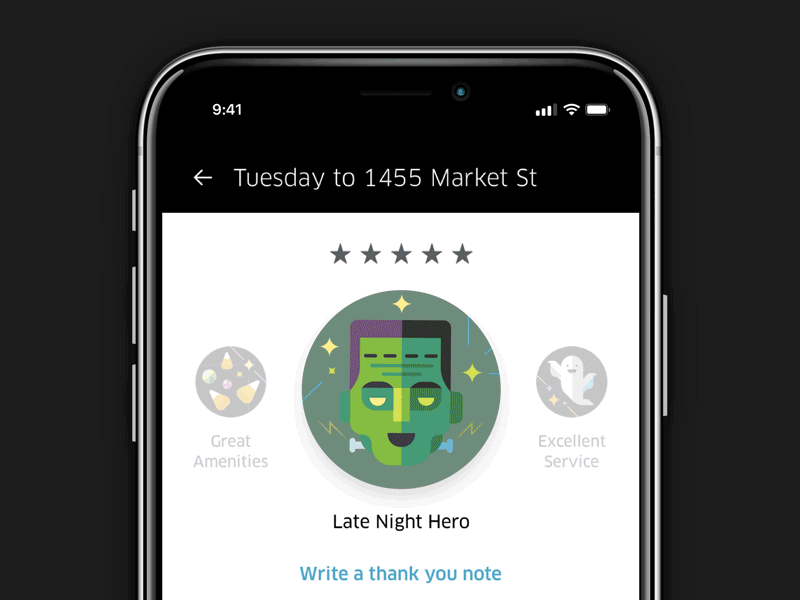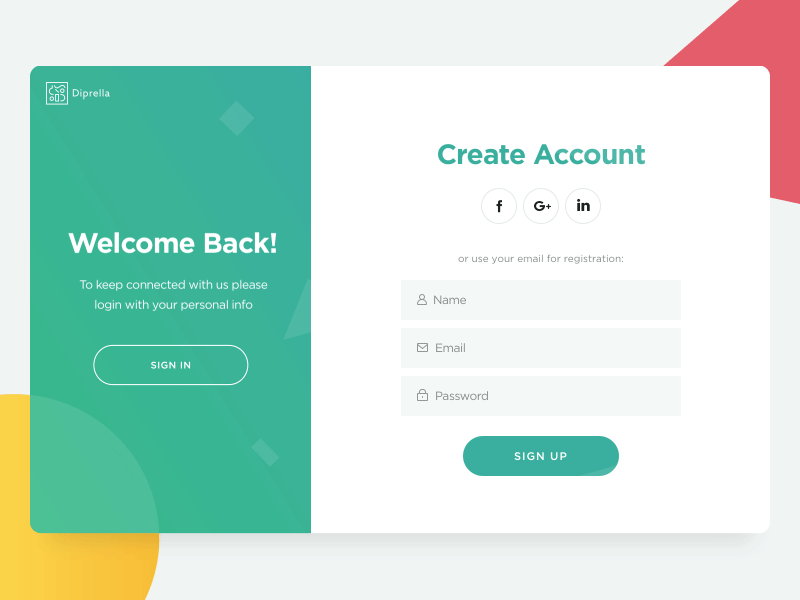In the realm of user experience, your words can guide users, influence their decisions, and encourage them to take action. Creating a personal style for your UX writing allows you to gradually transition from an impersonal relationship to a warmer relationship with one’s users. The difficulty is in finding the right balance between creating an emotional connection and doing so in moderation — conveying a brand’s personality through brief bits of text.
Get to know your users
Remember that you’re writing for real people. You need to know your users before starting to communicate with them in the right way. Think about the attributes and demographics they have in common. Consider their education level, geographic area, and economic situation. Are they mostly digital-natives, or do they have differing levels of familiarity with the web? Look into the devices and apps they use regularly. Ask yourself how familiar they are with the topics you’re covering.
Interviews help you understand what users are trying to do and how you can make that happen. By gathering people’s goals and opinions, you’re making them feel included in the process, and you’ll know how to address them in the right way.
Clarity should always come first
Avoid jargon and catchphrases. Explain complicated terms and abbreviations in plain language. No matter what you’re writing about, focus on being genuine more than flawless. Make sure the language accurately describes your brand or project. Talk to your users like you’d talk to someone you know. Be direct, but nice. It’ll make your sentences shorter and stronger. Brief descriptions are sufficient for explaining products, features, and events.
Write the way you speak
Keep it conversational with a consistent style and a clear sense of purpose. Adopt a tone that fits the situation and matches the emotional state of your users. Your words can influence their mood. Put yourself in their shoes and check your tone to make sure you’re empathic. If you need the user to wait for a result or complete another task, a simple “thank you” or “please” goes a long way.
Context is everything
People will use your service in different places, on different devices, and in various formats. Think about the responsive aspects (touch points between desktop, tablet, and mobile). They could be on a bus working with limited time and attention, and you may be short on space. Be sure your writing makes sense and gets the point across quickly according to their context. A warm, clear voice can help users find what they need and relieve stressful situations. Friendly content keeps people coming back and might even make them smile.

Be direct with calls-to-action
Sometimes you have to tell people exactly what to do. Calls-to-action are links or button labels that ask the user to take the next step. Start by making a list of the actions people can take on your app or website. Here are some common examples:
• See more
• Show all results
• Contact
• Add to cart
• Sign in
• Sign up
• Check out now
• Add a comment
Look at the list and ask yourself what you want the user to do. Those are the ones you’ll want to test and refine. As always, clarity comes first. Don’t be too clever. With buttons, you should use standard language that people are used to seeing. For example, if you’re trying to get people to sign up for something, your button should say precisely that: “Sign up,” not “I’d like to be added.”

Make it useful
It also helps to consider any errors that may occur within the user’s path.
These might include:
• Credit card declines
• Downtime notifications
• Incorrect passwords
• Support documentation or help content
• Operation failed
When you’re writing for sensitive situations, be concise. Whether you’re telling customers that their data was compromised, announcing changes to your privacy policy, or giving someone an official warning, it’s essential to respond quickly. Users want to know what’s happening right away. Get straight to the point. Don’t waste anyone’s time with an introduction like, “We regret to inform you…” This will get on your users’ nerves and increase their anxiety. Say as little as you can while being clear, kind, and direct. If you’re sending an email about changes to your privacy policy, put those words right in the subject line, instead of something general like “An Important Update.” Leave out the exclamation marks. Avoid using words like alert, immediately, and urgent unless they’re absolutely necessary.
Don’t try to lighten the mood. If you decide to distract people with a witty joke, they’ll see right through it. Be honest. You won’t always be able to tell users everything that’s going on, but be as transparent as possible. If you’re announcing a delay, include a timeline or estimate. If you were running late at an appointment, you probably wouldn’t say, “Hello, I’m going to be late.” Instead, you’d be more specific and say something like, “In traffic, running about 10 minutes late.” Your users deserve that same level of courtesy.
Say what happens next. Don’t forget to tell users what you’re going to do next or what they should expect. This particularly matters in the case of a delay or data breach. Let people know that you’ll send another notification when things are back to normal. That provides them with a sense of security.
To conclude, be sure to focus on the importance of UX writing in your interfaces and the value of consistency across the entire customer experience. This allows you to communicate meaningful contents to your users according to their emotional states, their context, and devices. Your product or service will only be more efficient by keeping these things in mind.
This article has been first published on UX planet

Aurélie Radom
I'm a Lead UX/Product Designer with 9+ years of experience in service design. I love designing meaningful experiences that can change people's lives positively.
